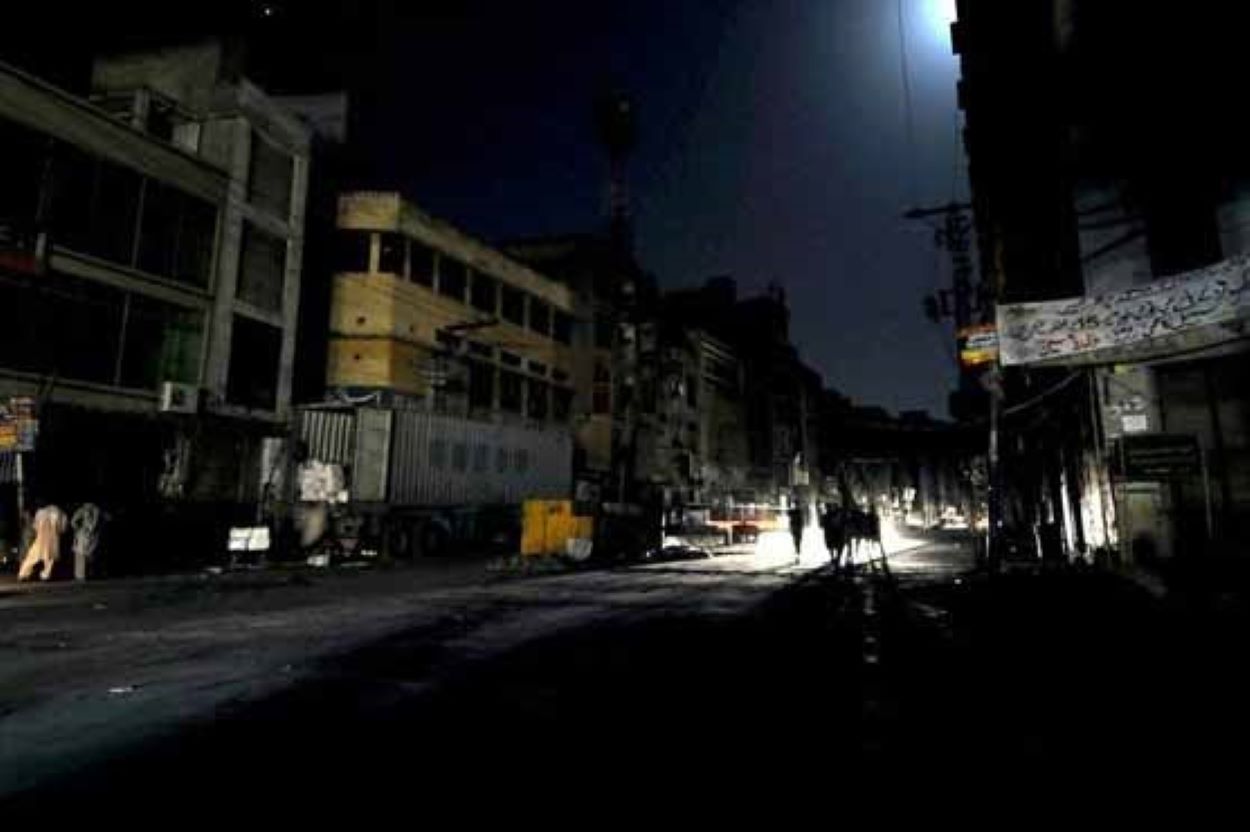Late Sunday night, parts of Karachi experienced a major power outage due to unforeseen harsh weather conditions. The sudden rainfall accompanied by heavy dusty winds led to the malfunction of critical infrastructure, particularly the tripping of an extra high tension (EHT) transmission line, leaving residents and services in the dark.
Unexpected Weather Leads to Widespread Blackout
The city, caught unawares by the dusty winds and mild downpours, faced immediate consequences as several areas found themselves without power. Localities such as Liaquatabad, Landhi, Shah Faisal Colony, Gulshan-e-Iqbal, Scheme 33, Shahrea Faisal, North Karachi Sector 14/B, Surjani, Star Gate, North Nazimabad, Naya Nazimabad, Gulshan-e-Maymar, Ahsanabad, Gadap, and Gulistan-e-Johar were among the hardest hit. These unforeseen weather conditions tested the city’s resilience and resourcefulness in dealing with natural disruptions to everyday life.
Jinnah International Airport: A Scenario of Chaos
More critically, Karachi’s Jinnah International Airport did not escape unscathed. The inclement weather disrupted its power supply system, causing a breakdown that notably affected the domestic departure lounge, among other sections. This power failure not only inconvenienced passengers but also brought to light the technical inadequacies of the airport’s standby generator system.
In the wake of these events, a Civil Aviation Authority (CAA) spokesperson assured the public and concerned parties that efforts were underway to restore electricity to the airport. The situation was a stark reminder of the essential role of robust and reliable infrastructure in maintaining normalcy and safety standards, especially in crucial hubs like airports.






